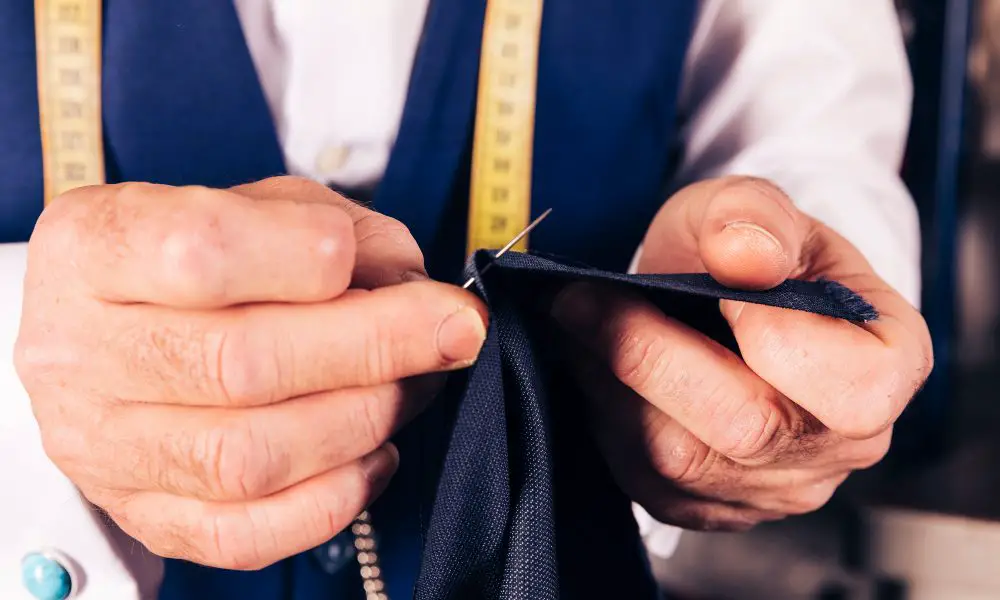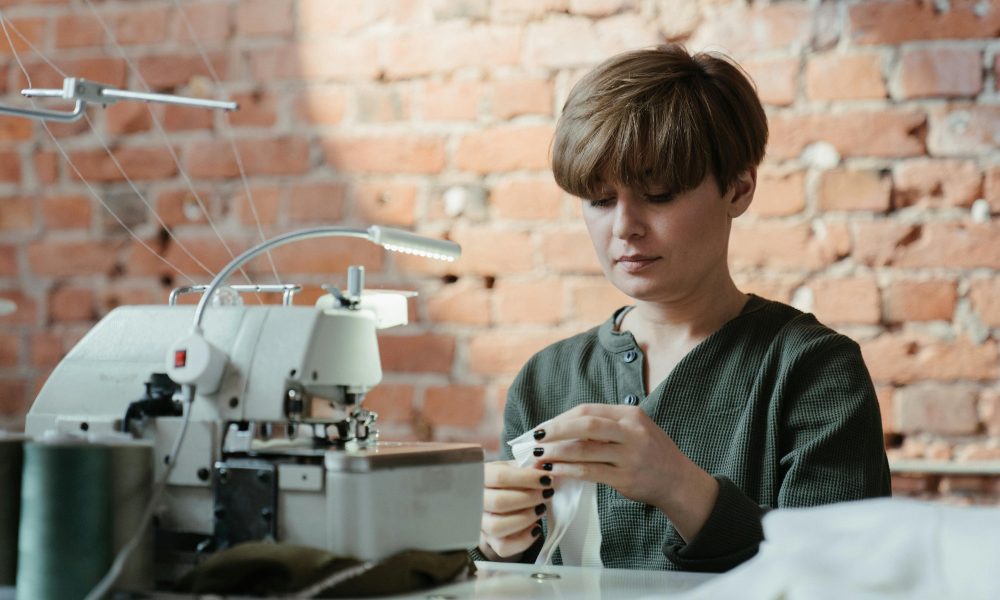Mastering the French knot is a rite of passage for any embroidery enthusiast. This versatile stitch adds texture, dimension, and embellishment to your needlework projects, transforming simple designs into intricate works of art. Here’s a concise guide to help you learn how to sew a French knot like a pro:
- Thread your needle and bring it up through the fabric
- Wrap the floss around the needle twice, forming a loop
- Insert the needle back into the same hole, keeping the wraps in place
- Pull the needle through, gently tightening the wraps into a raised knot
- Secure the knot on the back and trim any excess floss
Have you tried incorporating French knots into your embroidery projects? Feel free to share your experiences and tips in the comments section!
Mastering the Basics
Before diving into the intricacies of the French knot, let’s lay the foundation by understanding the fundamental tools and materials required:
Essential Supplies
- Embroidery floss or thread (cotton, silk, or rayon)
- Embroidery needle (with a sharp point and elongated eye)
- Scissors (sharp and precise for trimming)
- Fabric or canvas for embroidery (tightly woven for best results)
With these simple supplies, you’re ready to embark on your French knot journey. However, success lies in the finer details—the tension, wrapping technique, and securing method—which we’ll explore in depth.
The Art of Tension
Achieving the perfect French knot requires a delicate balance of tension. Too loose, and your knot will unravel; too tight, and you’ll struggle to pull the needle through the fabric. The key is to maintain a consistent, gentle tension throughout the process.
Mastering Tension
- Hold the floss taut with your non-dominant hand, keeping the needle tip close to the fabric.
- As you wind the floss around the needle, keep a secure yet not excessively tight hold.
- When pulling the needle to the back, apply steady, even pressure to tighten the knot without distorting its shape.
With practice, you’ll develop a feel for the ideal tension, allowing you to create beautifully uniform French knots every time.
The Wrapping Technique

At the heart of the French knot lies a simple yet crucial step: the wrap. This is where the magic happens, transforming a humble thread into a raised, textured embellishment.
Perfecting the Wrap
- Position the needle through the fabric at the chosen spot for your knot.
- Hold the floss taut and wrap it around the needle twice, forming a small loop.
- Keep the wraps in place as you insert the needle back into the fabric at the same hole.
It’s essential to wrap the floss neatly and evenly, ensuring the loops lie flat against the fabric. This will create a uniform, well-defined knot that adds depth and character to your design.
Securing and Finishing
Once you’ve mastered the wrap and tension, it’s time to secure your French knot and prepare for the next step in your embroidery journey.
Locking in Your Knot
- Pull the needle and floss until the wraps lie flat against the fabric, forming a raised knot.
- Keep tension on the floss as you pull the needle through to the back of the fabric.
- Take a tiny backstitch on the reverse side to secure the knot.
- Trim any excess floss close to the fabric, and be careful not to cut the knot.
Following these steps’ll ensure that your French knots are firmly anchored, preventing them from unraveling or loosening over time.
Creative Applications
The French knot is a versatile stitch that opens up creative possibilities. The potential is limitless, from adding texture and dimension to floral designs to creating whimsical polka-dot patterns.
Embellishing with French Knots
- Use French knots to create embroidered flower centers, adding depth and realism.
- Scatter knots across a canvas to mimic stars in the night sky or a field of blooming wildflowers.
- Incorporate knots into lettering or monogram designs for a touch of elegance.
- Try out various thread colors and thicknesses to produce captivating visual effects.
As you gain confidence in your French knot skills, you’ll find countless ways to incorporate this stitch into your embroidery projects, elevating them from simple to extraordinary.
FAQs
How do I prevent my French knots from unraveling?
Ensure you maintain consistent tension throughout the wrapping and pulling process and secure each knot with a small backstitch on the reverse side of the fabric. Proper technique and securing will help keep your knots intact.
Can I use any type of thread for French knots?
While cotton, silk, and rayon embroidery floss work well, you can experiment with different thread types and weights to achieve unique textures and effects. Adjust your tension and wrapping technique accordingly.
How close should I space my French knots?
The spacing of your French knots will depend on the desired effect and the overall design. Space them closer together for a dense, textured look; leave more room between knots for a more scattered, whimsical pattern.
Can I combine French knots with other embroidery stitches?
Absolutely! French knots pair beautifully with various stitches, such as stem stitch, satin stitch, and chain stitch. Try out diverse combinations to craft distinctive and attention-grabbing designs.
How can I ensure my French knots are uniform in size?
Consistency in tension and wrapping technique is critical to achieving uniform knot sizes. Practice on a sample fabric until you develop a feel for the ideal tension and wrap count (typically two wraps for a standard French knot).
***
As you continue to hone your French knot skills, you’ll discover a world of creative possibilities waiting to be explored. Remember, the beauty of embroidery lies in its imperfections – so embrace the quirks and let your stitches tell a story. Happy stitching!
***
Main image: freepik




